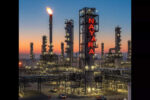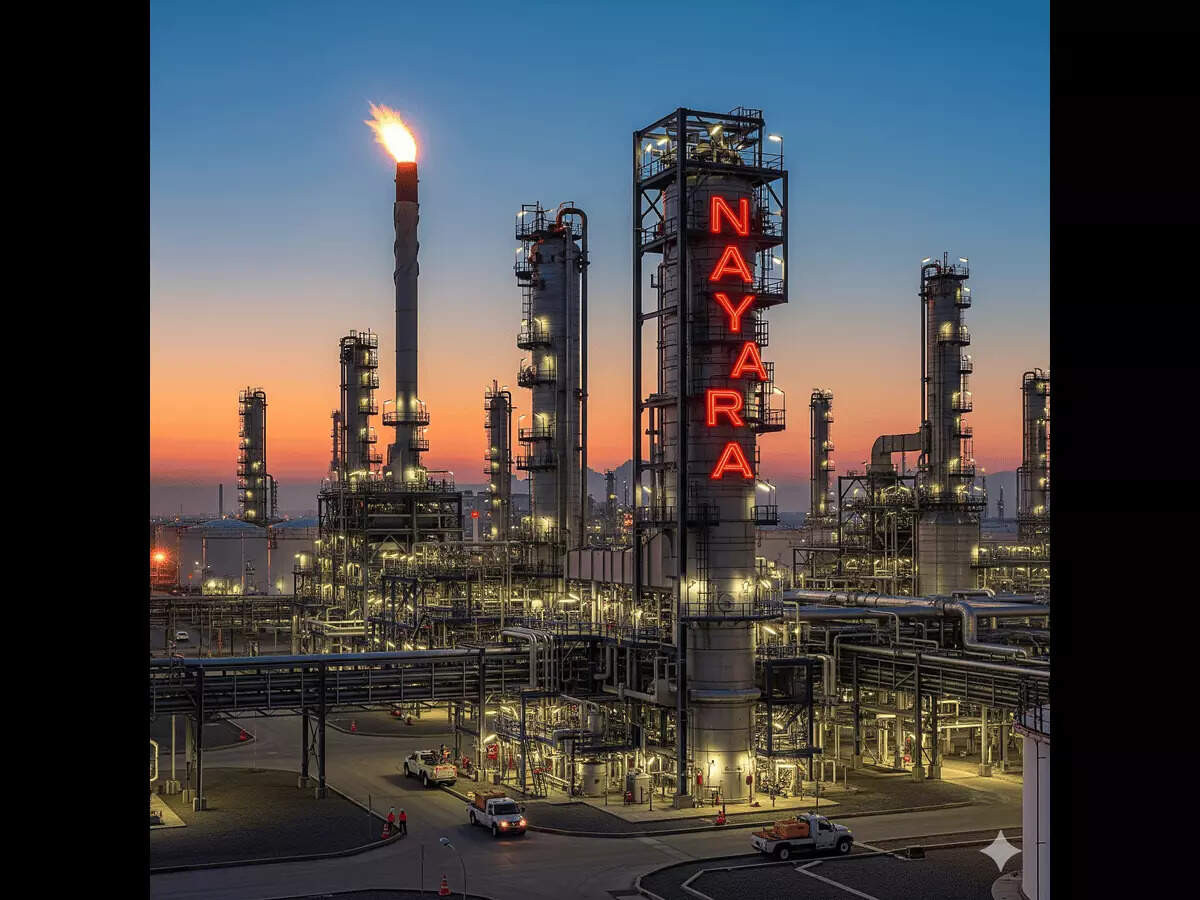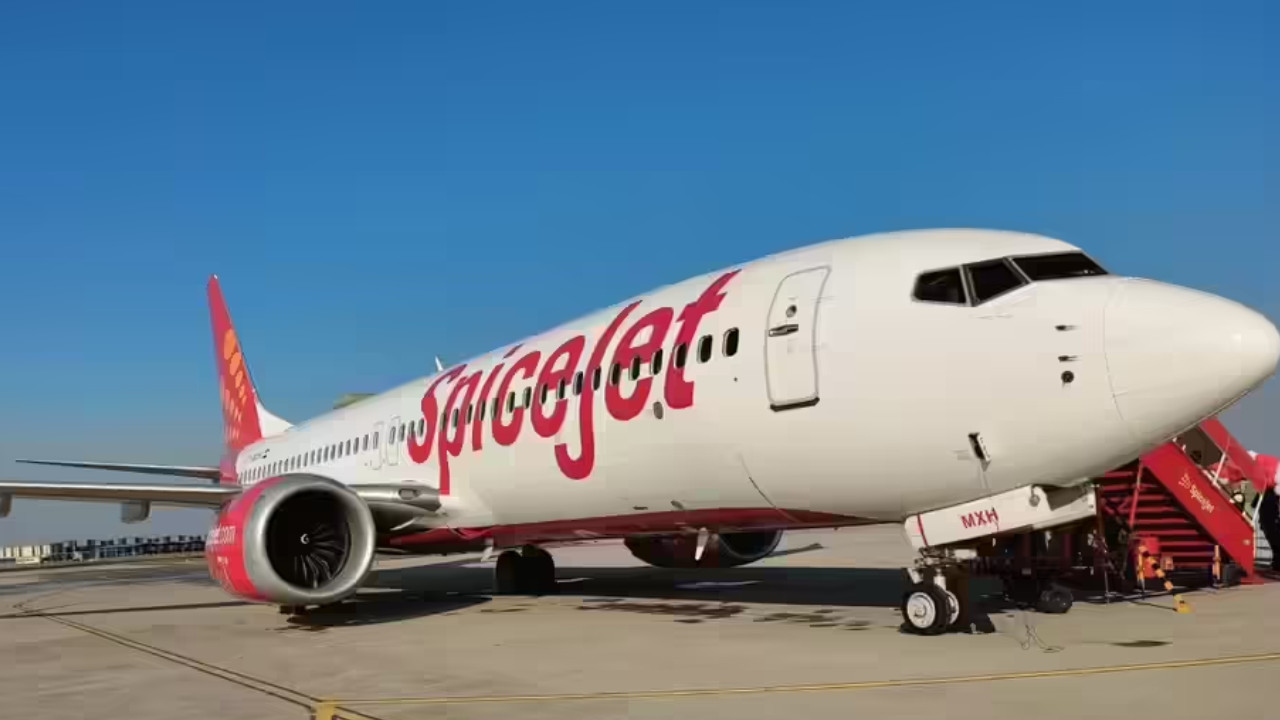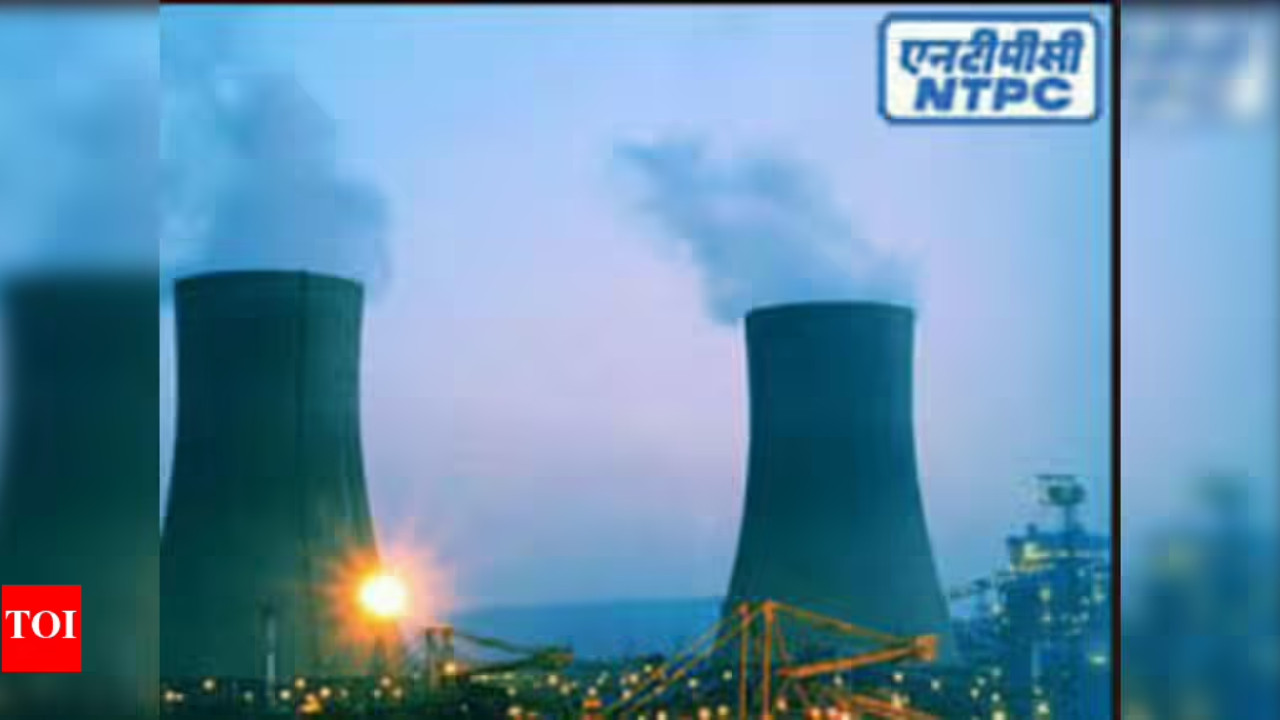Delhi’s infrastructure is set for a major boost as the Centre approves projects worth Rs 24,000 crore to ease traffic and pollution. A key project is the Rs 3,500 crore, five-kilometre tunnel connecting Dwarka Expressway to Vasant Kunj, promising signal-free connectivity and decongesting critical traffic points. Construction is expected to begin next year, offering relief to millions.
Delhi’s Congestion Blues: Is a Giant Underground Tunnel the Answer?
Okay, Delhiites, let’s be honest – navigating our city’s roads can often feel like a competitive sport. A sport where the gold medal goes to whoever manages to arrive at their destination with the least amount of stress-induced grey hairs. The snarls, the honking symphony, the sheer density of traffic…it’s enough to make you consider teleportation a viable career path.
So, imagine my ears perked up when I heard about the ambitious plan to potentially unclog some of that arterial blockage: a massive, ₹24,000 crore underground tunnel slicing through the city, connecting Mahipalpur near the airport to Vasant Kunj. We’re talking serious subterranean infrastructure here. The central government has given it the green light, and suddenly, Delhi’s traffic woes feel a little less insurmountable.
But is this a magic bullet, or just another bandage on a bleeding issue? That’s the question buzzing in my head, and likely yours too.
The proposal is pretty impressive, on paper at least. Think of it: bypassing the perpetually choked surface roads, whisking commuters and cargo underground in a seamless flow. The sheer scale of the project is breathtaking. We’re talking about a network of tunnels designed to alleviate the pressure points that contribute most to Delhi’s legendary traffic jams. The hope is that by diverting a significant chunk of traffic underground, the surface roads can finally breathe, leading to faster commutes, reduced pollution, and a collective sigh of relief across the city.
The promise of decongestion is particularly appealing. Imagine zipping from the airport area to Vasant Kunj without battling the usual gridlock around Mahipalpur and the inevitable crawling pace on Nelson Mandela Marg. That saved time could be huge for businesses, residents, and even tourists trying to make connecting flights. It could translate to increased productivity, reduced fuel consumption (and emissions!), and, dare I say, a slight improvement in our collective blood pressure.
Now, I’m not one to jump on the bandwagon without asking the tough questions. Projects of this magnitude are rarely straightforward. We’re talking about digging under one of the most densely populated cities on the planet. What about the disruption during construction? The potential for unforeseen challenges? The environmental impact? These are all crucial factors that need careful consideration and transparent communication. We’ve seen big infrastructure projects run into snags before, and the thought of a stalled tunnel project under Delhi gives me the shivers.
Furthermore, while a tunnel might alleviate congestion in certain areas, it’s important to think about the bigger picture. Will it simply shift the bottleneck to another location? Will it encourage more people to drive, negating the initial benefits? The success of this project hinges on its integration with the city’s overall transportation network. We need robust public transport options, well-maintained surface roads, and effective traffic management strategies to truly tackle Delhi’s traffic challenges.
And let’s not forget the financial aspect. ₹24,000 crore is a significant investment. How will this be funded? What’s the projected return on investment? Will this project ultimately benefit all Delhiites, or just a select few? These are questions that need clear and convincing answers.
The Delhi government is talking about utilizing advanced technology for construction, and hopefully, for ongoing maintenance too. Smart traffic management systems, real-time monitoring, and efficient emergency response protocols will be essential to ensure the tunnel operates smoothly and safely.
Despite my reservations, I can’t help but feel a sliver of hope. Delhi needs innovative solutions to its traffic problems, and this tunnel project, if executed correctly, could be a game-changer. It’s a bold move, a giant leap into the unknown (literally!), and it’s definitely something to watch closely.
Ultimately, the success of this project will depend on meticulous planning, effective execution, transparent communication, and a commitment to addressing the potential challenges along the way. Let’s hope this isn’t just another grand announcement destined to gather dust, but a genuine step towards a less congested, more liveable Delhi. Because let’s face it, we all deserve a smoother ride. And maybe, just maybe, this underground adventure is the ticket.
📬 Stay informed — follow us for more insightful updates!







